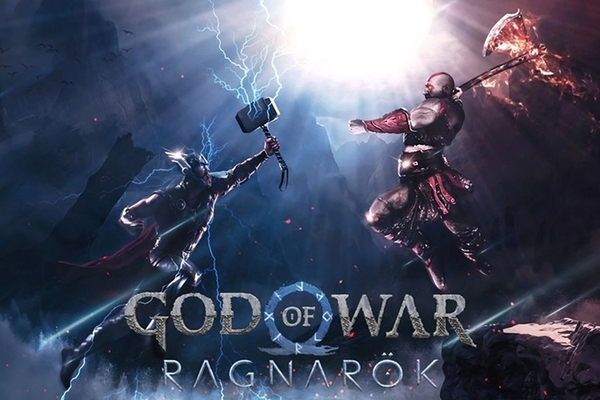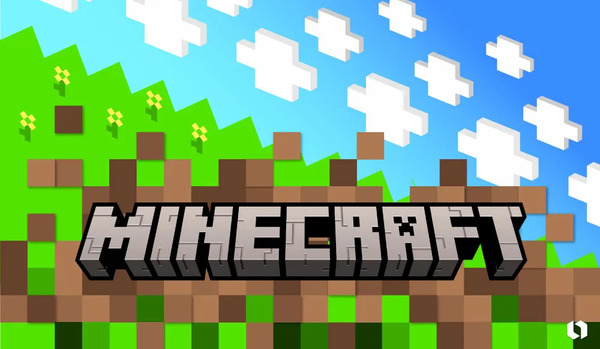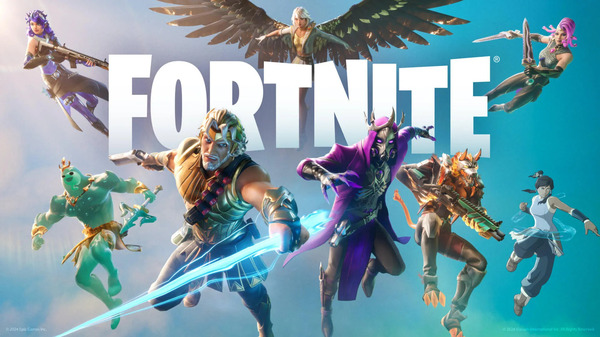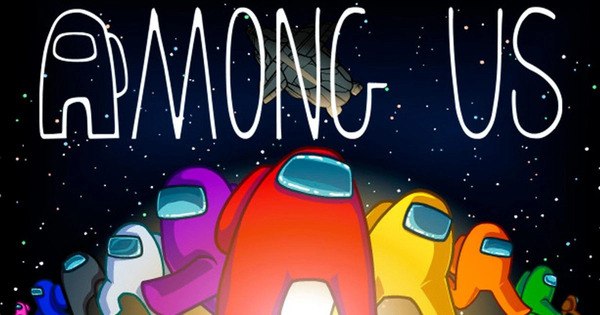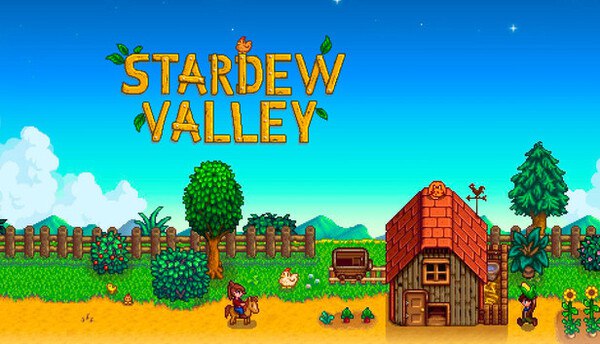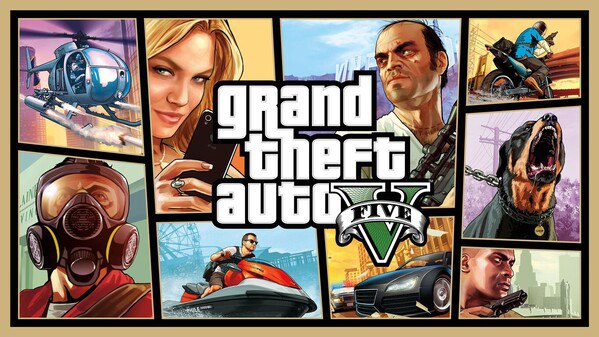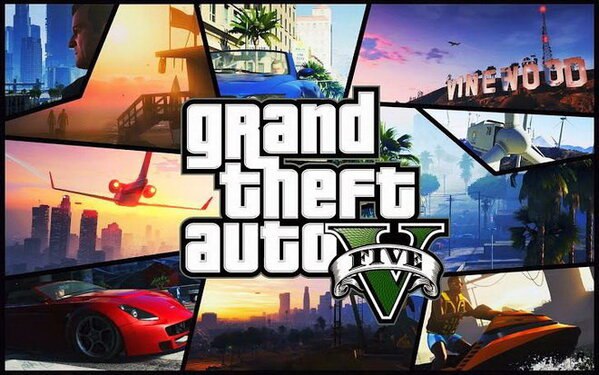In the universe of superhero games, few titles have captured hearts quite like
Spider-Man 2, Insomniac Games’ highly anticipated sequel to Marvel's Spider-Man (2018) and Spider-Man: Miles Morales (2020). Exclusive to PlayStation 5, this action-adventure epic pushes the boundaries of storytelling, combat, and open-world exploration. The game swings headfirst into a darker narrative, with two playable Spider-Men—Peter Parker and Miles Morales—caught in a web of personal demons and existential threats.
From enhanced gameplay mechanics to emotionally gripping arcs and iconic villains,
Spider-Man 2 redefines what superhero games can be. In this article, we’ll dive into everything the game offers: the technological leap, dual protagonist dynamics, story highlights, combat evolution, open-world design, fan reception, and why it sets a new gold standard for the genre.
🕸️ The Story: Venom, Loss, and Dual Legacies
Set shortly after the events of
Miles Morales, Spider-Man 2 launches players into a high-stakes narrative as
Peter and Miles work together to protect New York City from emerging threats, including
Kraven the Hunter,
Lizard (Curt Connors), and the iconic
Venom.
Emotional Depth:
- Peter Parker wrestles with the growing influence of the symbiote suit, offering newfound power at the cost of his humanity.
- Miles Morales continues to process the death of his father while finding his place as an independent Spider-Man.
- Supporting characters like MJ, Ganke, and Harry Osborn are pivotal, adding layers to personal and ethical dilemmas.
The game explores themes of
identity,
addiction,
loss, and
legacy, all woven into the narrative fabric with cinematic finesse.
🕹️ Gameplay Mechanics: Fluid, Fierce, and Frenetic
Spider-Man 2 revolutionizes the superhero formula by refining its gameplay systems while adding novel mechanics to elevate immersion.
New Additions:
- Web Wings: Glide through the air using aerodynamic web wings; pairs beautifully with NYC’s verticality and wind tunnels.
- Symbiote Powers: Peter’s new abilities offer brutal combos, crowd control, and cinematic finishers—but with growing consequences.
- Skill Trees: Distinct progression for Peter, Miles, and shared upgrades—tailoring gameplay to your preferred style.
- Tag-Team Missions: Seamless character switching in set missions creates dynamic dual-hero encounters.
The traversal feels faster and more fluid than ever—blending swing momentum, gliding, and wall running into kinetic poetry.
🧪 Combat Evolution: Heroic Precision Meets Symbiotic Savagery
Combat in Spider-Man 2 builds upon the rhythmic, combo-based system of its predecessors but adds
weight and versatility.
Highlights:
- Symbiote Combos: Peter’s new powers include tendril slams, armor buffs, and rage-fueled bursts—akin to Kratos meets Spider-Man.
- Miles' Venom Abilities: Refined electric charges, cloaking, and aerial combos make him an unpredictable powerhouse.
- Parry System: A new mechanic allows counterattacks, giving skilled players more control.
- Enemy Variety: More advanced AI, stealth units, armored brutes, and aerial foes create layered encounters.
Combat arenas are creatively designed—from skyscraper rooftops to alleyway ambushes—making every fight cinematic and strategic.
🌆 The Open World: New York, Expanded and Enhanced
Insomniac’s version of New York isn’t just bigger—it’s smarter, livelier, and more reactive.
Borough Additions:
- Brooklyn and Queens join Manhattan, expanding the playground with suburban layouts, parks, and new traversal challenges.
- District Crimes: Procedurally generated events bring spontaneity to patrolling.
- Side Activities: Environmental puzzles, Mysterio’s illusion challenges, flame cult missions, and more enrich the world.
Pedestrian behavior, dynamic weather, and time cycles add realism, while the inclusion of unique cultural spaces makes NYC feel authentic and diverse.
🎭 Villains and Boss Battles: Legends Return
Spider-Man 2 elevates its rogues’ gallery to operatic levels, delivering intense, multi-phase boss fights and haunting character development.
Major Antagonists:
- Kraven the Hunter: Obsessed with finding worthy prey, he manipulates battles across the city to draw out Spider-Man’s limits.
- Lizard: A tragic adversary tied to Dr. Connors’ scientific failings, unleashing chaos through mutation.
- Venom: The symbiote doesn't just bring power—it corrupts and unleashes Peter’s inner demons.
Villains are rendered with stunning detail and voiced with emotional gravity, turning what could be caricatures into complex, intimidating forces.
🖥️ Technical Achievements: Harnessing the Power of PS5
Spider-Man 2 leverages the PlayStation 5’s hardware to deliver an unparalleled sensory experience.
Tech Breakdown:
- Load Times: Near-instant fast travel across boroughs using SSD acceleration.
- Graphics: 4K rendering, ray tracing reflections, and ultra-realistic textures bring NYC to life.
- DualSense Features: Adaptive triggers simulate web tension, haptic feedback responds to impacts and explosions.
- Sound Design: 3D audio layers city ambience with symphonic intensity, shifting with narrative beats.
The result is a game that feels smooth, cinematic, and immersive—an interactive blockbuster.
🎨 Art Direction and Animation: Stylized Realism
While grounded in realism, Spider-Man 2’s visuals take a stylized turn—especially with symbiote sequences, hallucinations, and dream-like interludes.
Visual Flourishes:
- Symbiote Corruption: Subtle changes to Peter’s suit and animations reflect his descent.
- Lighting & Color: Warm glows in Miles’ sequences contrast with Peter’s shadowy struggles.
- Environment Animation: Raindrops, falling leaves, and building reflections all respond dynamically.
It’s a visual treat that knows when to dazzle and when to haunt.
📚 Side Missions and Lore Building
While the main story is gripping, Spider-Man 2’s side quests add layers to world-building and emotional nuance.
Memorable Missions:
- Mysterio’s Challenges: Surreal puzzles and illusion-based battles provide brain teasers and visual intrigue.
- Flame Cult Arc: Unraveling a secret society through stealth and detective work.
- Photo Ops: Capture NYC’s hidden gems, celebrating culture and architecture.
- Harlem Side Missions: Ground Miles in community storytelling and ethical decisions.
These optional stories contribute to the broader themes—justice, responsibility, and sacrifice.
👥 Community Reception and Fan Impact
Upon release, Spider-Man 2 was met with critical acclaim and fan adoration. Social media lit up with gameplay clips, emotional reactions, fan art, and memes.
Acclaim Summary:
- Metacritic: High scores praising narrative and technical polish.
- Sales Milestone: Over 2.5 million copies sold in 24 hours.
- Awards: Multiple nominations at The Game Awards for best narrative, best performance (Yuri Lowenthal and Nadji Jeter), and best game direction.
Fan theories swirl about future DLC, Venom spin-offs, and new dimensions opened by multiversal teases.
🧠 Educational and Emotional Themes
Spider-Man 2 doesn’t shy away from life’s complexities. It’s as much about dealing with grief, relationships, and moral dilemmas as it is about punching monsters.
Key Themes:
- Mental Health: Explores trauma, addiction (symbiote), and emotional healing.
- Legacy: Both Spider-Men inherit responsibilities beyond heroism.
- Community Service: Miles’ connection to Harlem emphasizes inclusive heroism.
- Scientific Ethics: Dr. Connors and Harry Osborn’s actions raise questions about unchecked ambition.
It’s superhero storytelling grounded in relatable human experience.
🧩 Accessibility and Player Options
Insomniac prioritizes player comfort and access, offering robust settings that cater to diverse needs.
Features Include:
- Custom Difficulty: For combat, puzzles, and stealth.
- Colorblind Modes
- Subtitle Customization
- Controller Remapping
- Combat Assist Tools
This ensures players of all skill levels can enjoy the game fully.
🔮 What’s Next for Spider-Man?
Spider-Man 2 sets up intriguing possibilities for future expansions—perhaps a playable
Venom, a
Spider-Gwen appearance, or exploration of multiverse storylines hinted throughout the game.
Speculative Additions:
- DLC Campaigns: Focused on Black Cat, Wraith, or Kingpin.
- Standalone Spin-Offs: Featuring symbiote anti-heroes or Silk.
- Spider-Verse Crossover: Building on visual teases and narrative seeds.
- New York Beyond: Exploring new environments—upstate forests, underwater labs?
With Insomniac also working on a
Wolverine game, fans speculate on an eventual Marvel crossover universe.
🕷️ Conclusion: A Heroic Masterpiece Swinging Beyond Expectations
Spider-Man 2 isn't just another sequel—it's a leap forward for superhero storytelling, game design, and emotional engagement. With two compelling protagonists, sophisticated gameplay mechanics, visceral combat, and a deeply human narrative, it bridges blockbuster spectacle with meaningful reflection.



















